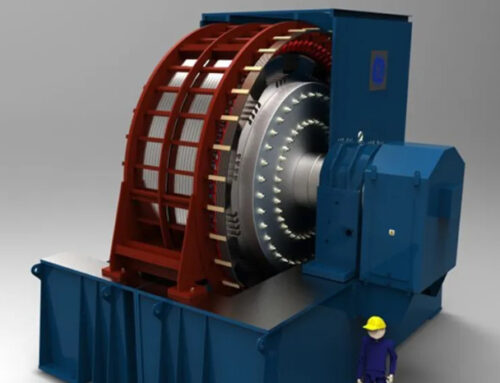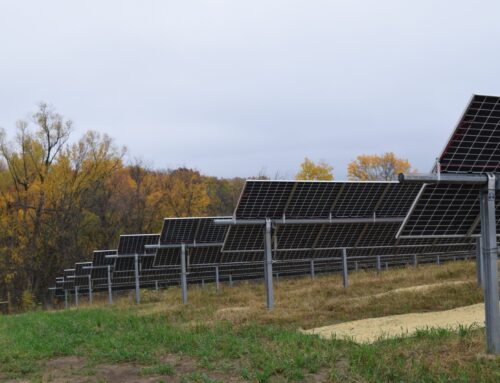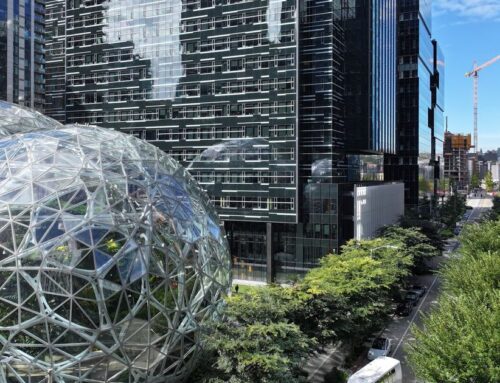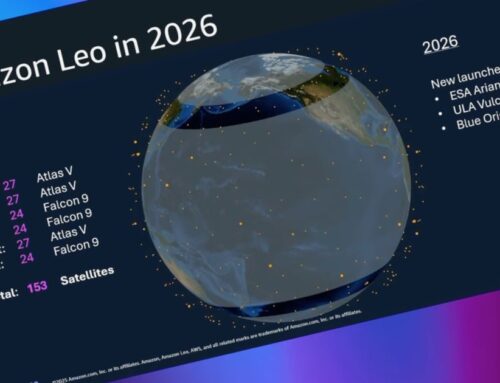Trump Targets Solar on Farmland
May 29, 2025

The Trump administration is joining the war against solar projects on farmland, offering anti-solar activists on the ground a powerful ally against developers across the country.
In a report released last week, President Trump’s Agriculture Department took aim at solar and stated competition with “solar development on productive farmland” was creating a “considerable barrier” for farmers trying to acquire land. The USDA also stated it would disincentivize “the use of federal funding” for solar “through prioritization points and regulatory action,” which a spokesperson – Emily Cannon – later clarified in an email to me this week will include reconfiguring the agency’s Rural Energy for America loan and grant program. Cannon declined to give a time-table for the new regulation, stating that the agency “will have more information when the updates are ready to be published.”
“Farmland should be for agricultural production, not solar production,” Cannon wrote – a statement also made in the USDA report.
REAP is a program created in 2008 that exists to help fund renewable energy and sustainability projects at the level of individual farms and has been seen as a potential tool for not only building more solar but also more trust in agriculturally-focused communities. It’s without question that retooling REAP to actively disincentivize awardees from building solar on farmland could have a chilling effect, at least amongst those who receive money from the program or wish to in the future. This comes after Trump officials temporarily froze money promised to farmers, too.
As we’ve previously written in The Fight, agricultural interests can at times present as much a threat to the future of solar energy as any oil-funded dark money group, if not more so. Conflicts over solar production on farmland make up a large portion of the total projects I cover in The Fight every week, and it is one of the most frequently cited reasons for opposition against individual renewables projects. (Agricultural workforces are one of the most important signals for renewable energy opposition in Heatmap Pro’s modeling data as well.) I wrote shortly after Trump’s inauguration that I wondered when – not if – he would adopt this position.
It’s unclear what exactly led USDA to dive headlong into the “No Solar on Farmland” campaign, aside from its growing popularity in conservative political circles, but there is reason to believe farming interests may have played a role. USDA has stated the report was the product of discussions with farming groups and an industry roundtable. In addition, per lobbying disclosures, at least one agricultural group – the Pennsylvania Farm Bureau – advocated earlier this year for “congressional action and/or executive orders” to “balance renewable and conventional sources of energy” through “limit[ing] solar on productive farmland.” (The Pennsylvania Farm Bureau denied this in an email to me earlier this week.)
There’s also reason to believe some key stakeholders were caught off-guard or weren’t looped in on the matter.
American Farmland Trust has been trying to cultivate common ground between farmers, solar companies, and various agencies at all levels of government over the future of development. But when asked about this report, the nonprofit told me it couldn’t speak on the matter because it was still trying to suss out what was going on.
“AFT is meeting with the Trump administration to learn more about what they are planning in terms of policy and programs to implement this concept,” AFT media relations associate Michael Shulman told me.
Search
RECENT PRESS RELEASES
Related Post




